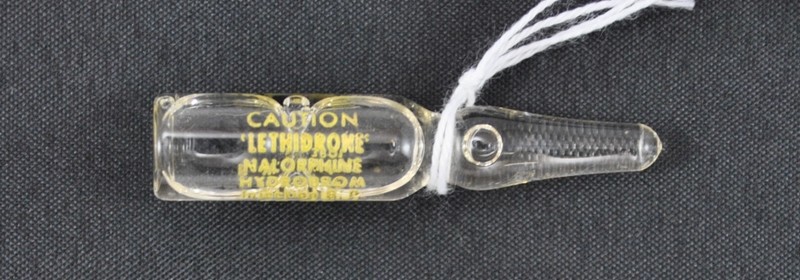
It is a narcotic antagonist with some agonist properties. It is an antagonist at mu opioid receptors and an agonist at kappa opioid receptors. More
It is a narcotic antagonist with some agonist properties. It is an antagonist at mu opioid receptors and an agonist at kappa opioid receptors.
Nalorphine
Nalorphine; Allorphine; Nalorphinium; Anthorphine; Antorfin
NA
(4R,4aR,7S,7aR,12bS)-3-prop-2-enyl-2,4,4a,7,7a,13-hexahydro-1H-4,12-methanobenzofuro[3,2-e]isoquinoline-7,9-diol
NA
NA
Consider intravenous administration of 5-10 mg of Nalorphine as hydrochloride or hydrobromide salts, every 10-15 minutes or as needed. The maximum dose should not exceed 40 mg/day.
Reversal of opioid-induced respiratory depression (intravenously and intramuscularly).
Nalorphine can cause miosis, lethargy, acute respiratory depression, drowsiness, dysphoria and nausea.
NA
Store at 25 °C
311.375 Da
C19H21NO3
62-67-9